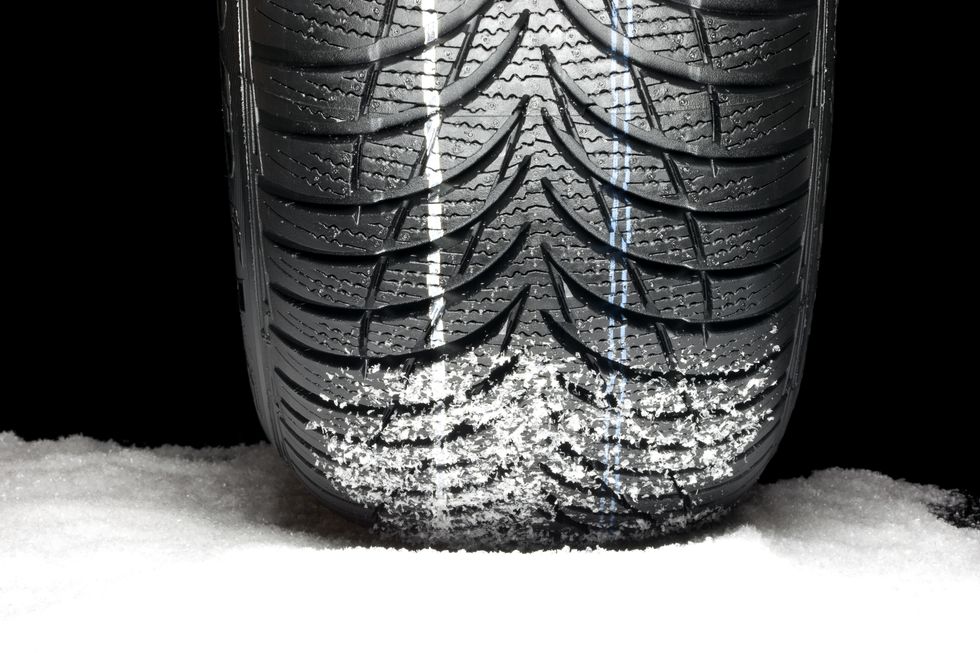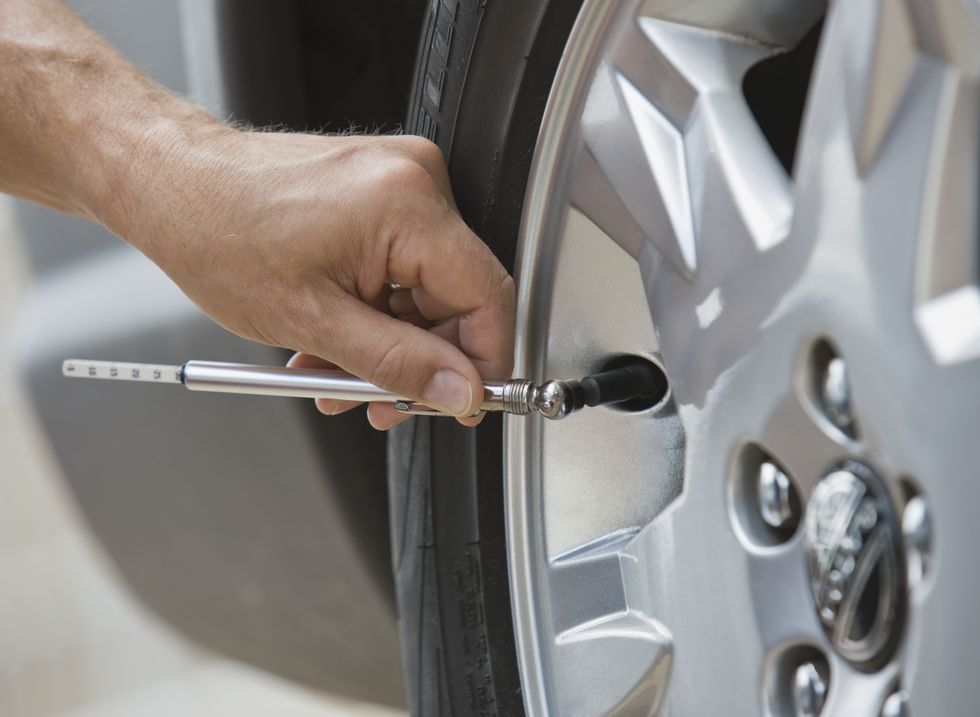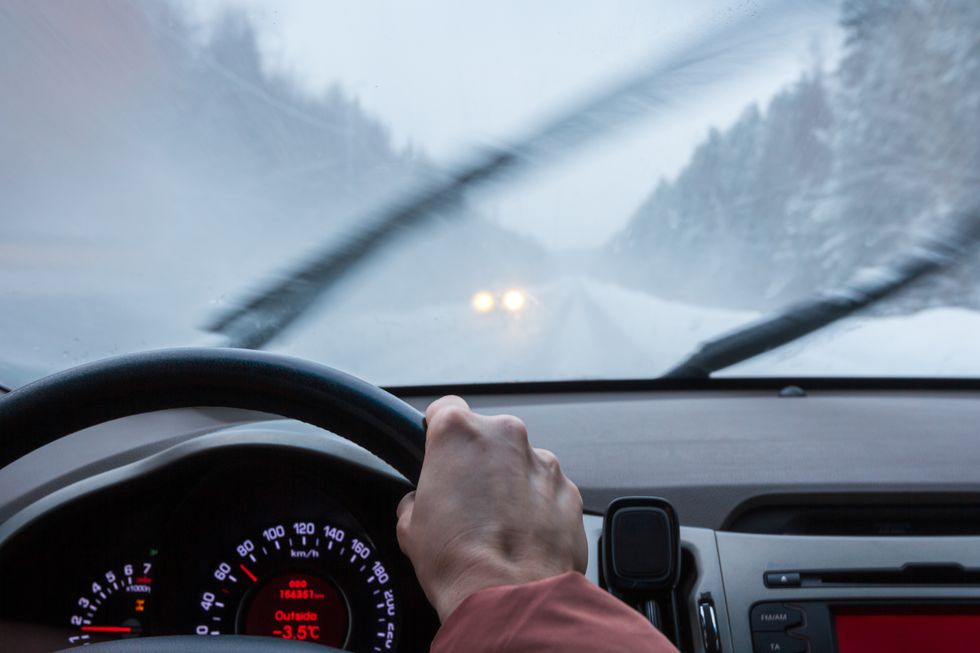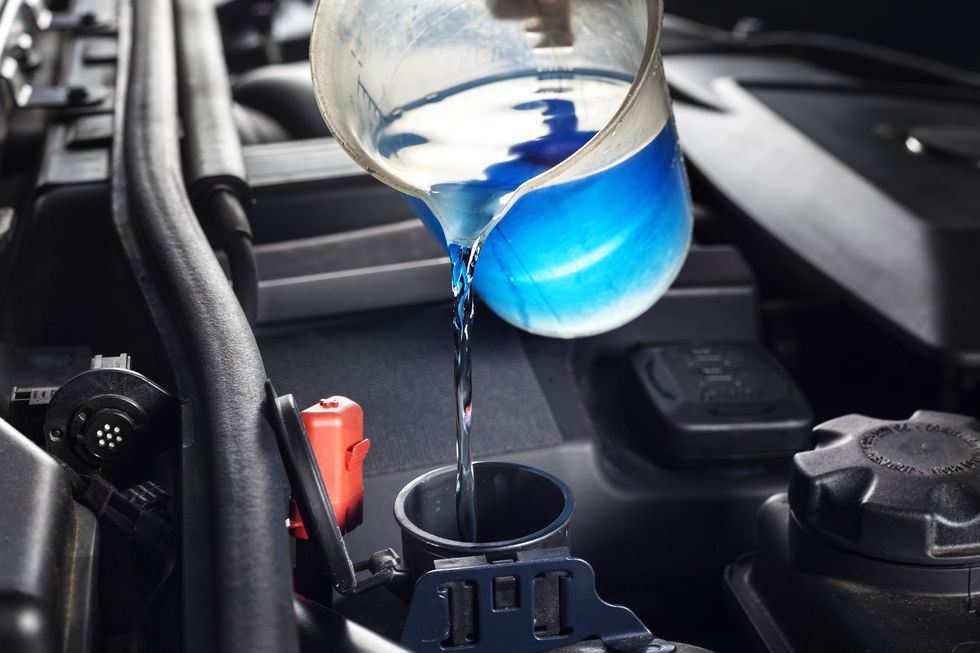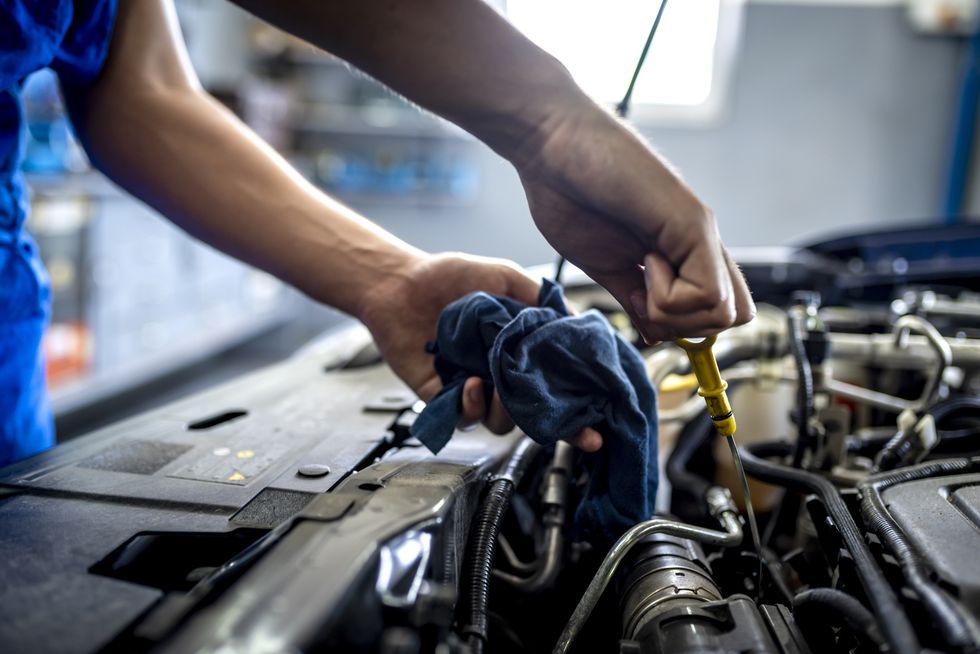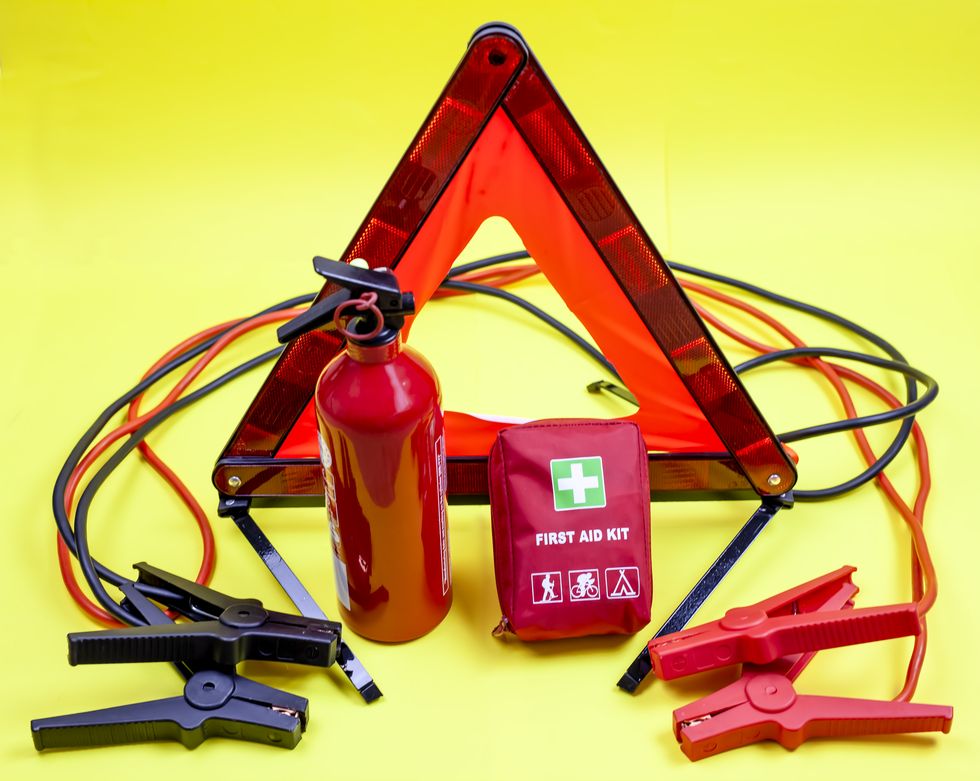How To Winterize Your Car in 8 Easy Steps
You know freezing conditions can be dangerous. Here’s how to be well-prepared if you need to take the car out when snow and ice coat the roads.
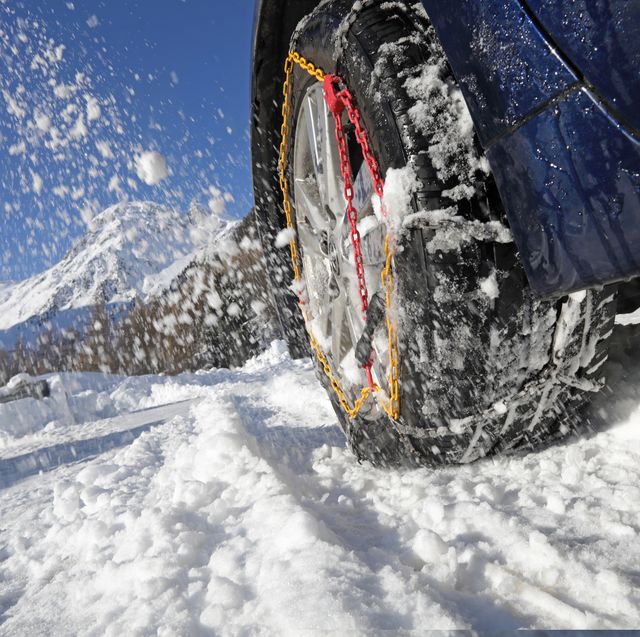
Gear-obsessed editors choose every product we review. We may earn commission if you buy from a link. Why Trust Us?
It’s November, which means now is the perfect time to get outside and start prepping your car for the ice and snow ahead. We put together a list of eight easy ways to winterize your car and stay safe. Our first three tips concentrate on your car’s tires, since rubber meeting ice presents the greatest potential hazard. The rest are simply good practices that will help you maintain your vehicle over time and prep for the worst-case-scenario.
🚘 We’ll help you navigate the road ahead. Let’s ride together—join Pop Mech Pro.
Even if you follow all of our instructions to the letter, remember to make smart decisions depending on the current and forecasted weather outside. Make sure you know how to drive in different winter conditions. And finally, if you plan a road trip and wake up to find a blizzard approaching, consider postponing the drive unless you must travel for an emergency.
✅ More From Popular Mechanics:
Before joining Popular Mechanics, Manasee Wagh worked as a newspaper reporter, a science journalist, a tech writer, and a computer engineer. She’s always looking for ways to combine the three greatest joys in her life: science, travel, and food.
Watch Next


The Best Car Tools to Keep Up With Maintenance

How to Replace Your Car’s Brakes

How to Change Your Oil And Filter

The Best Carports for Weather Protection
